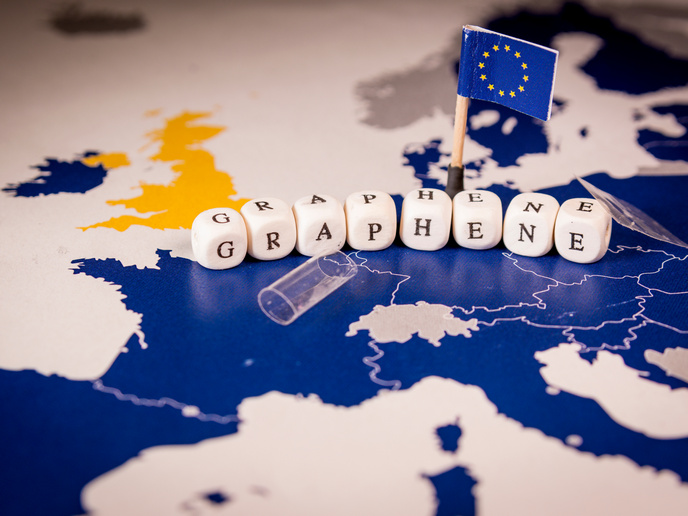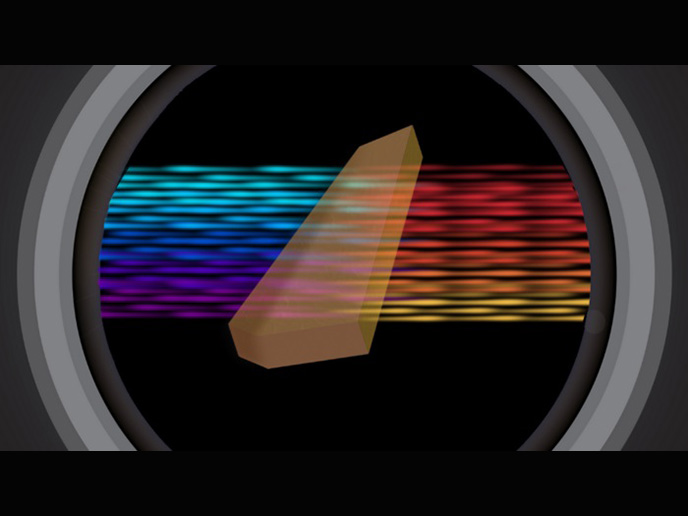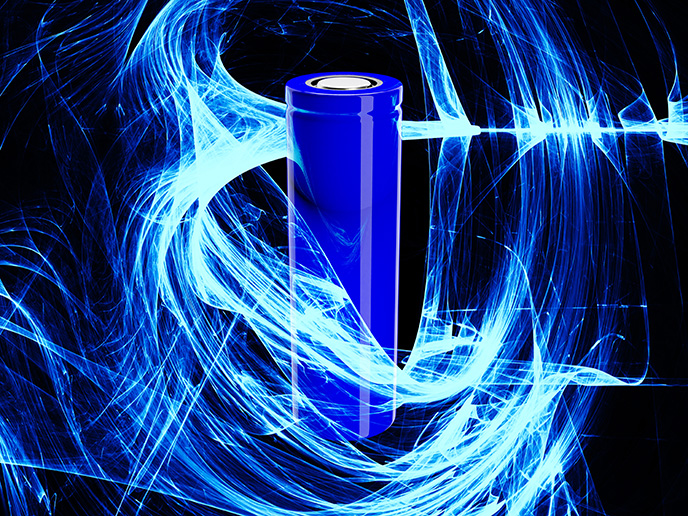Bringing to market fast-charging cordless appliances
Thanks in part to EU funding, ZapGoCharger(opens in new window) is “developing a radical solution for these cordless products – a new type of energy storage device that uses safe and recyclable materials that can sustain hundreds of thousands of charge/discharge cycles,” says project coordinator Simon Harris. “The device will be fast, safe and reliable.” Li-ion must be recharged very slowly, otherwise it risks combusting. Another drawback is its short shelf life, with only about 1 000 charge/discharge cycles. It’s also very difficult to recycle. Over 95 % of Li-ion batteries end up in landfill. Ultra-fast-charge carbon-ion cells Overall, the aim of ZapGoCharger is to develop a new class of energy storage device with considerable functional improvements over commercially available supercapacitors. This technology is referred to as carbon-ion (C-ion). C-ion incorporates highly conductive nanocarbons and novel ionic electrolytes that enable the design of rechargeable pouches or flat cells that can be used with a wide variety of electronic equipment. It has a very long lifespan, sustaining tens of thousands of charge/discharge cycles. C-ion contains recyclable materials and is non-flammable and completely safe to transport by air. Ultimately, ZapGoCharger will develop fully tested, commercially viable C-ion power packs for cordless tools and cordless home appliances. Initially, the C-ion cells will be optimised for the requirements of this target market. Next, fully interchangeable C-ion power packs for existing cordless products will be developed. These demonstrator products will be used in customer trials to evaluate performance and gather market feedback ahead of their commercial rollout. Harnessing battery cell technology to quickly scale up production Project partners have built and exhibited a number of prototype demonstrator appliances driven by their pre-production pouch (‘Gen 2’). The imminent release of Gen 3 will offer around 50 % greater power density. According to Harris, several customers in the home appliances sector have already made requests to be supplied with this pouch at an initial rate of 100 000 units per month. Meanwhile, researchers are working on the next generation (Gen 4). This involves a higher-voltage cell that utilises radical new technologies aimed at doubling the power output while greatly reducing the pouch size. The innovation is designed to charge in under five minutes. More importantly, it uses no Li-ion at all. Vast market opportunities await “We have selected the home appliances sector as our first point of entry because our pouch is not yet small enough to fit into a mobile, while cordless tools and appliances often have the space to accommodate it,” explains Harris. “Beyond this sector, we have our sights set on emergency lighting, solar power banks, electric vehicles and, ultimately, the mobile phone itself.” The first commercial cells are scheduled for production in June 2018 when samples will be released to trial customers. Volume production will follow in the second half of the year. An ever-expanding patent portfolio will be able to secure a sustainable competitive advantage in the home appliance market. To date, 14 patents have been filed, including two exclusive licenses from Oxford University. Registered design rights and trademarks have also been registered in key international markets. “By replacing traditional Li-ion batteries and taking the technology beyond the state of the art, ZapGoCharger will one day contribute to resolving the problems encountered by all current-generation rechargeable appliances, devices and vehicles,” Harris concludes.







